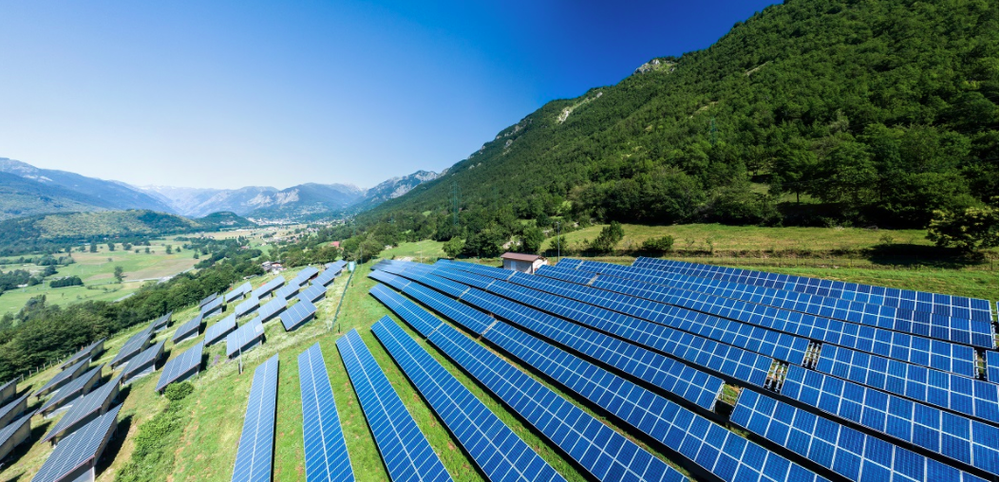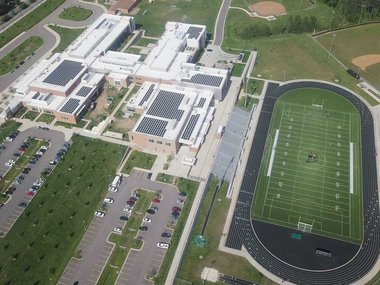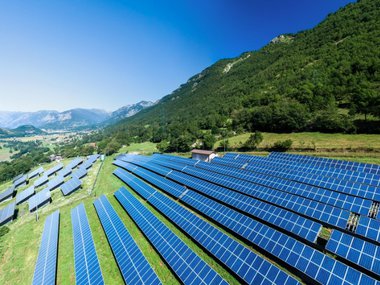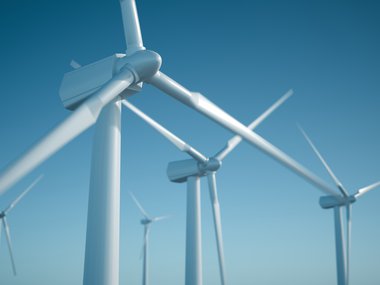Question Your World: How Do Solar Sites Impact Local Areas?
A recent article in Richmond Bizsense outlined a potentially huge solar energy array for a data center near Chester, Virginia. That’s good news, right? Well, it's not so simple. Let’s dig into the good, the bad, and some rather interesting thoughts on this topic. How do solar sites impact local areas?
First of all, renewable energy demands are on the rise nationwide. However, according to the National Renewable Energy Laboratory, Virginia ranks 37th in the nation for solar capacity, or the amount of energy that could be generated from existing solar installations. Our neighbors, Maryland and North Carolina, are ranked 11 and 19 respectively. As we continue to grow our region’s renewable energy infrastructure, solar power often enters the picture. Solar can take up big areas of land - the array near Chester would be 1500 acres! To put it in perspective, this is a little over 1,000 football fields' worth of space.

Image credit: Getty Images
Frequently cited concerns about these large-scale projects include the need to clear a natural landscape, which benefits the ecosystem in many ways, such as cooling the region, absorbing rain water, absorbing CO2 while cranking out oxygen, providing wildlife habitats, and all the other good stuff forests provide. Installing solar arrays on unusable land or on existing rooftops could be a major energy benefit while still preserving natural ecosystems. Scientists have recently shown that solar sites can raise local air temperatures due to their dark reflective surfaces, amplifying heat in surrounding areas. Lastly there are also the environmental costs involved with production, transportation, and installation of these sites.
That said, solar energy is still a cleaner energy source than others in the long run. To power two desktop computers for a full work day requires about one kilowatt-hour. The heat-trapping gas output from using coal to generate this power would be two pounds per kilowatt-hour, whereas using solar power drastically lowers it at 0.2 pounds of CO2 per kilowatt-hour. Like most things, solar infrastructure too comes with the good and bad. In order to keep global temperatures from warming beyond 1.5° or 2°C, scientists agree a major move away from fossil fuels is needed. But making sure that these massive power sites are installed properly and not harming local ecosystems is another factor to consider.
The plans for the Matoaca Mega Site near Chester were submitted and are now under review by the county and community. Stay tuned as more develops to see if this solar site will or will not have a bright future.


